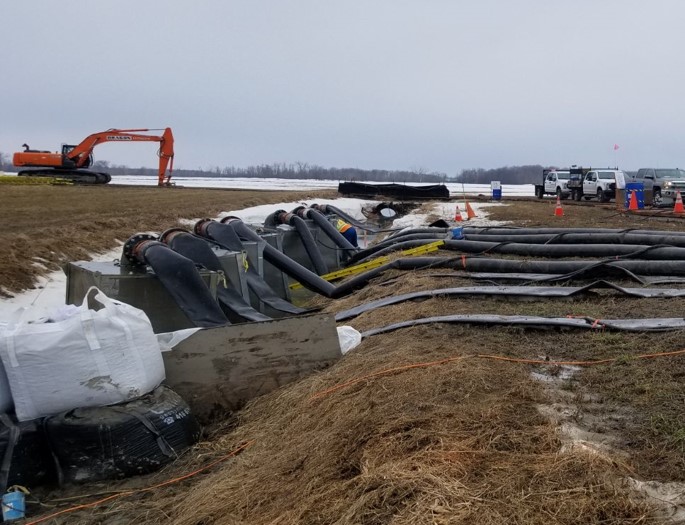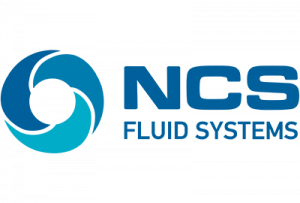Temporary Waterway Diversion Methods
This is Part Three of a Three Part Series
Read Part One Here – Temporary Diversion Methods – NCS Fluid Systems [PART 1 of 3]
Read Part Two Here – Temporary Diversion Methods – NCS Fluid Systems [PART 2 of 3]
Emergency planning:
In conjunction with the client and the project team we also consider developing an emergency action plan, as a precaution, for rapidly removing equipment and materials with potential to contribute pollutants to runoff from the waterway in advance of imminent runoff with the potential to exceed diversion capacity. The emergency action plan should designate an individual who will be on the site throughout most of the construction project with the authority to order that work be halted and equipment and materials with potential to contribute to storm water pollution be moved to high ground outside of the active channel. The emergency action plan should identify where equipment and materials removed from the channel will be stored temporarily during a runoff event that is expected to exceed temporary diversion capacity.
Monitoring and Project completion (demob)
Because temporary diversions are one of the most critical elements for safe work in waterways, they must be inspected and maintained frequently to remain in effective operating condition. Flow barriers should be inspected at the start and end of each workday and at any time that excess water is noted in dry work areas. For diversion channels, the diversion channel itself should be inspected for signs of erosion, and the lining should be repaired or replaced if there are signs of failure. Check armoring at the diversion return point to the waterway, and add additional armoring if erosion is noted. Water should not be allowed to flow back through the natural stream until all construction is completed.
Reintroducing water slip back into stream
After redirecting the flow through the natural channel, temporary diversion measures should be removed. For temporary diversion channels, lining materials should be removed, and the diversion channel should then be backfilled and stabilized. Sediment washed off and the water can be released under a controlled flow to prevent sediment from entering the waterway. Points of tie-in to the natural channel should be protected with kinetic energy barriers, original rock and riprap sized in accordance with the initial diversion plan. Using the initial grid plan and pictures maintained from the pre-creek inspection plan the creek or river is returned to its original natural state.
| Owen Gilbert, MBA President and CEO 780-910-7951 ogilbert@ncsmanagement.ca |
Kamal Singh PE, Peng. MBA VP Engineering 604 720 0190 ksingh@ncsfluidsystems.ca |
|---|
Share This:





 CDN NEWS |
CDN NEWS |  US NEWS
US NEWS 































